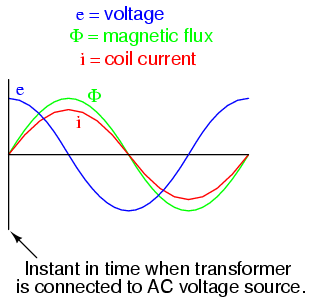I'm really not sure how to make this happen for your application, but large power transformers utilize a technique called harmonic suppression.
It's not what it sounds like exactly - the basic idea is to use relaying to detect the presence of very large 5th and 7th harmonic currents, coincidental with closing the input breaker. There's also a timer so that if the harmonics overstay their welcome, the protection system stops ignoring them and opens the breaker.
Another method commonly used with industrial circuit breakers is to simply employ a bypass timer. Shortly following a closing operation, it simply blocks any calls for trip. If the timer runs out and the transformer is still overloaded, the protection circuitry doesn't have to start it's timing over - it can trip immediately. Note that this method requires more consideration about exactly how overloaded the transformer could be.
You need to do a short circuit study before you arbitrarily suppress protection, but these methods will probably give you what you want better than a motor controller.


